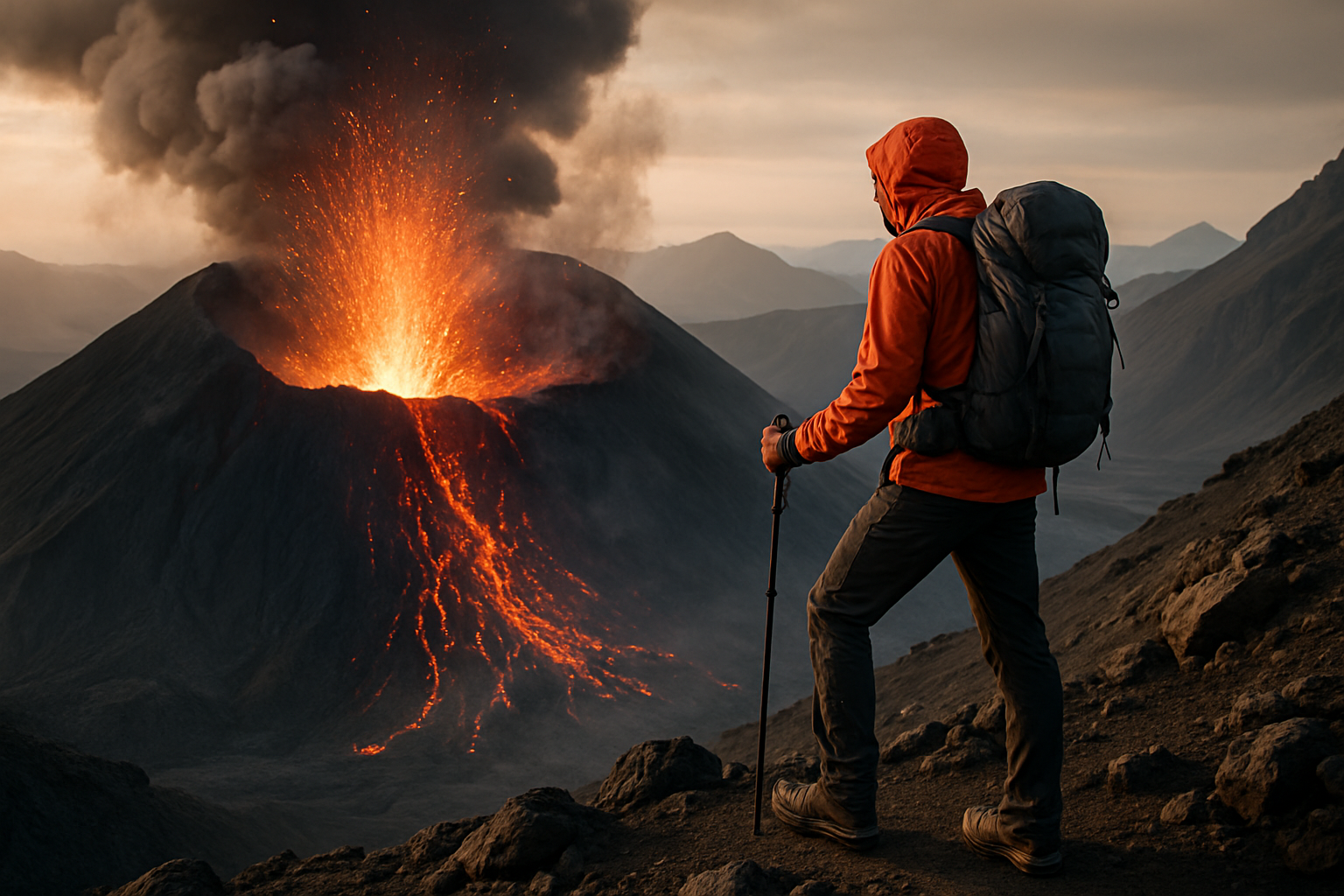Unveiling the World of Volcano Tourism: A Thrilling Journey into Earth's Fiery Heart
Imagine standing at the edge of a smoldering crater, feeling the earth's raw power beneath your feet. Volcano tourism, an increasingly popular niche in the travel industry, offers adventurers a unique opportunity to witness nature's most awe-inspiring geological wonders up close. This emerging trend combines the thrill of exploration with scientific curiosity, drawing travelers to some of the planet's most dynamic and unpredictable landscapes.

Today, destinations like Hawaii, Iceland, and Indonesia have become hotspots for volcano enthusiasts, offering a range of experiences from guided hikes to helicopter tours. The appeal lies not only in the visual spectacle of lava flows and ash plumes but also in the opportunity to learn about Earth’s geological processes firsthand.
Understanding the Appeal
The allure of volcano tourism is multifaceted. For many, it’s the raw beauty and power of these natural phenomena that draw them in. The sight of glowing lava, the heat emanating from the earth, and the stark landscapes created by volcanic activity offer a visceral connection to the planet’s inner workings.
Moreover, volcano tourism provides a unique educational experience. Visitors can learn about plate tectonics, magma composition, and the impact of volcanic activity on local ecosystems and communities. This blend of adventure and education appeals to a wide range of travelers, from thrill-seekers to science enthusiasts.
Safety Considerations and Responsible Tourism
While the prospect of visiting an active volcano is undeniably exciting, it comes with inherent risks. Volcanic eruptions are unpredictable and can pose serious dangers to visitors. As such, the development of volcano tourism has necessitated stringent safety measures and guidelines.
Reputable tour operators work closely with volcanologists and local authorities to monitor volcanic activity and ensure visitor safety. This often involves real-time monitoring systems, evacuation plans, and strict adherence to exclusion zones. Tourists are typically required to wear protective gear and follow specific safety protocols.
Responsible volcano tourism also extends to environmental and cultural considerations. Many volcanic sites are fragile ecosystems or hold cultural significance to local communities. Sustainable tourism practices are essential to preserve these areas for future generations and respect the beliefs and traditions of indigenous peoples.
Destinations and Experiences
Volcano tourism offers a diverse range of experiences across the globe. In Hawaii, visitors can witness the ongoing eruptions of Kilauea, one of the world’s most active volcanoes. The Big Island’s Volcanoes National Park provides a safe vantage point for observing lava flows and exploring lava tubes.
Iceland, known as the Land of Fire and Ice, boasts numerous volcanic sites. The Fagradalsfjall volcano, which began erupting in 2021, has become a major attraction, allowing visitors to witness a rare long-term eruption up close. The country also offers unique experiences like bathing in geothermal hot springs and exploring ice caves formed by volcanic activity.
In Indonesia, Mount Bromo in East Java offers stunning sunrise views and the opportunity to peer into its massive caldera. Meanwhile, Sicily’s Mount Etna, Europe’s most active volcano, provides year-round attractions including winter skiing on its ash-covered slopes.
The Future of Volcano Tourism
As technology advances, so too does the potential for volcano tourism. Virtual reality experiences are beginning to offer immersive volcanic encounters for those unable to visit in person. Drone technology is also enhancing safety monitoring and providing new perspectives on volcanic activity.
Climate change is likely to impact volcano tourism in the coming years. Melting glaciers on volcanic peaks could lead to increased activity in some areas, potentially creating new tourism opportunities while posing additional safety challenges.
Insider Tips for Volcano Enthusiasts
-
Best viewing times: Dawn and dusk often provide the most spectacular views of lava flows
-
Pack wisely: Sturdy hiking boots, protective eyewear, and respirator masks are essential
-
Stay informed: Check local volcanic alert levels before and during your visit
-
Respect boundaries: Always follow guide instructions and stay within designated safe zones
-
Capture memories responsibly: Use zoom lenses for photos to avoid getting too close to active areas
-
Support local communities: Choose tours and accommodations that benefit nearby towns and villages
Volcano tourism represents a fascinating intersection of adventure, science, and cultural exploration. As this niche continues to grow, it offers travelers a chance to witness the living, breathing nature of our planet in all its fiery glory. By approaching these experiences with respect, caution, and curiosity, visitors can gain a deeper appreciation for Earth’s geological wonders while contributing to sustainable tourism practices.





